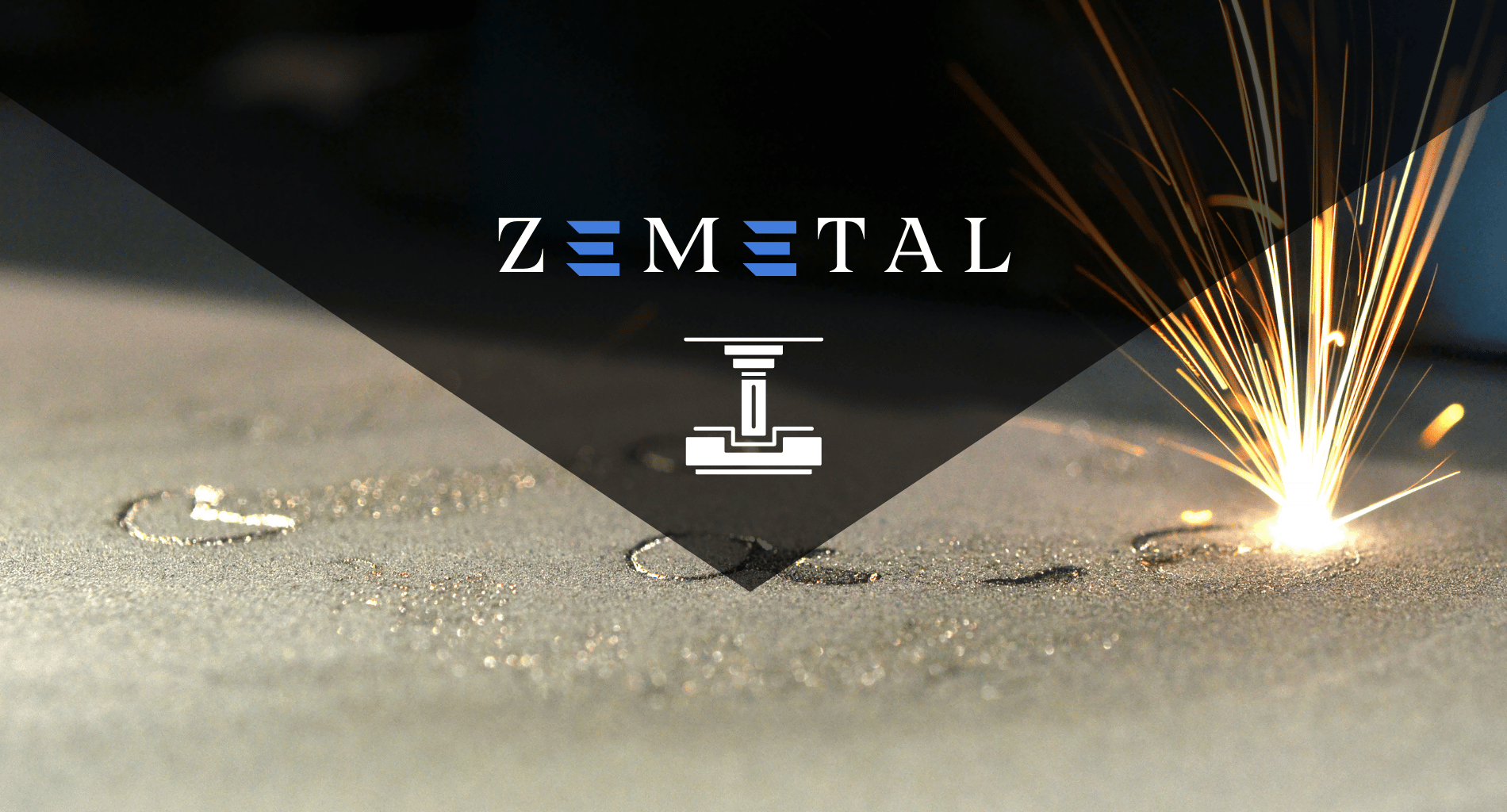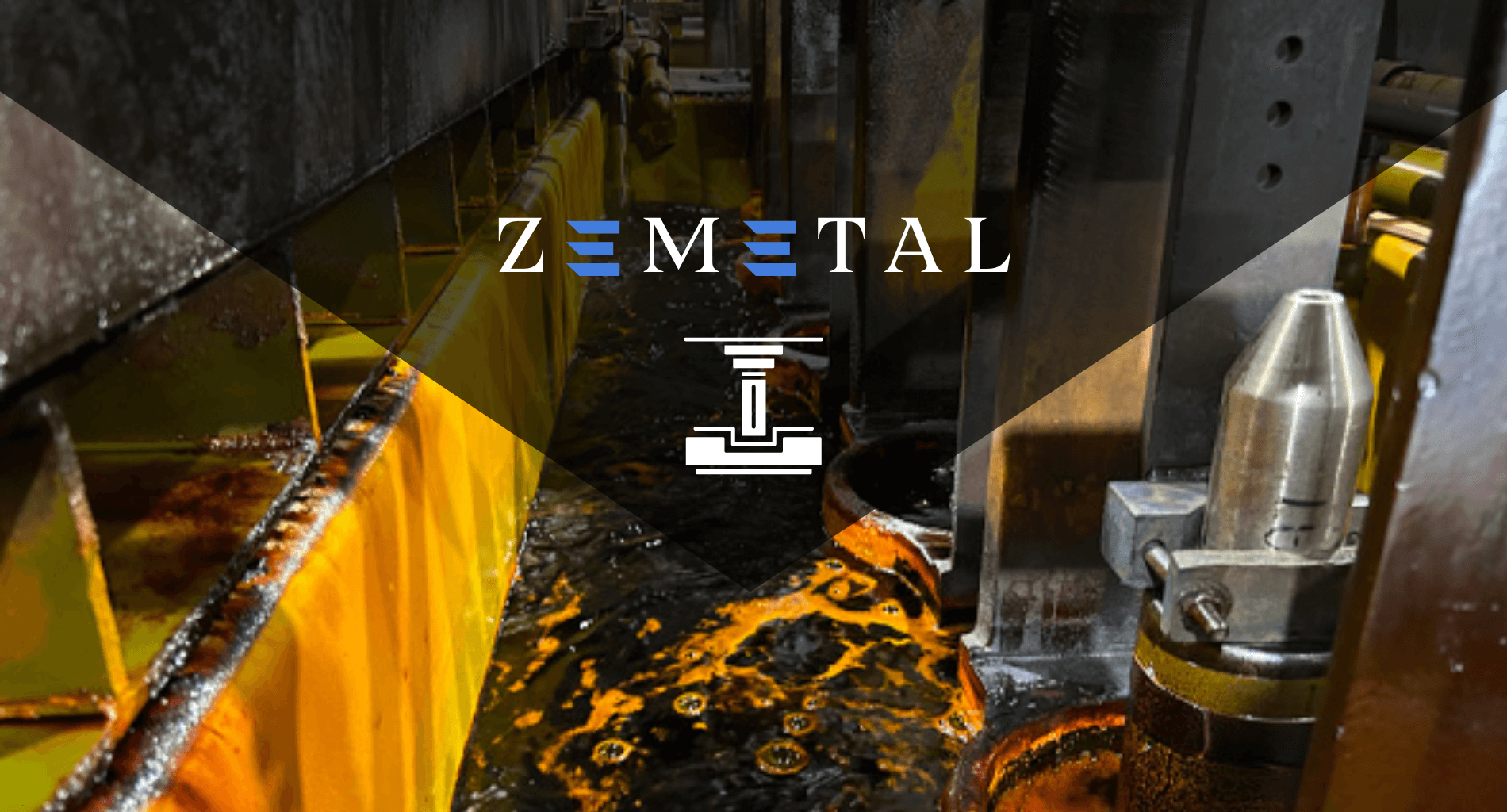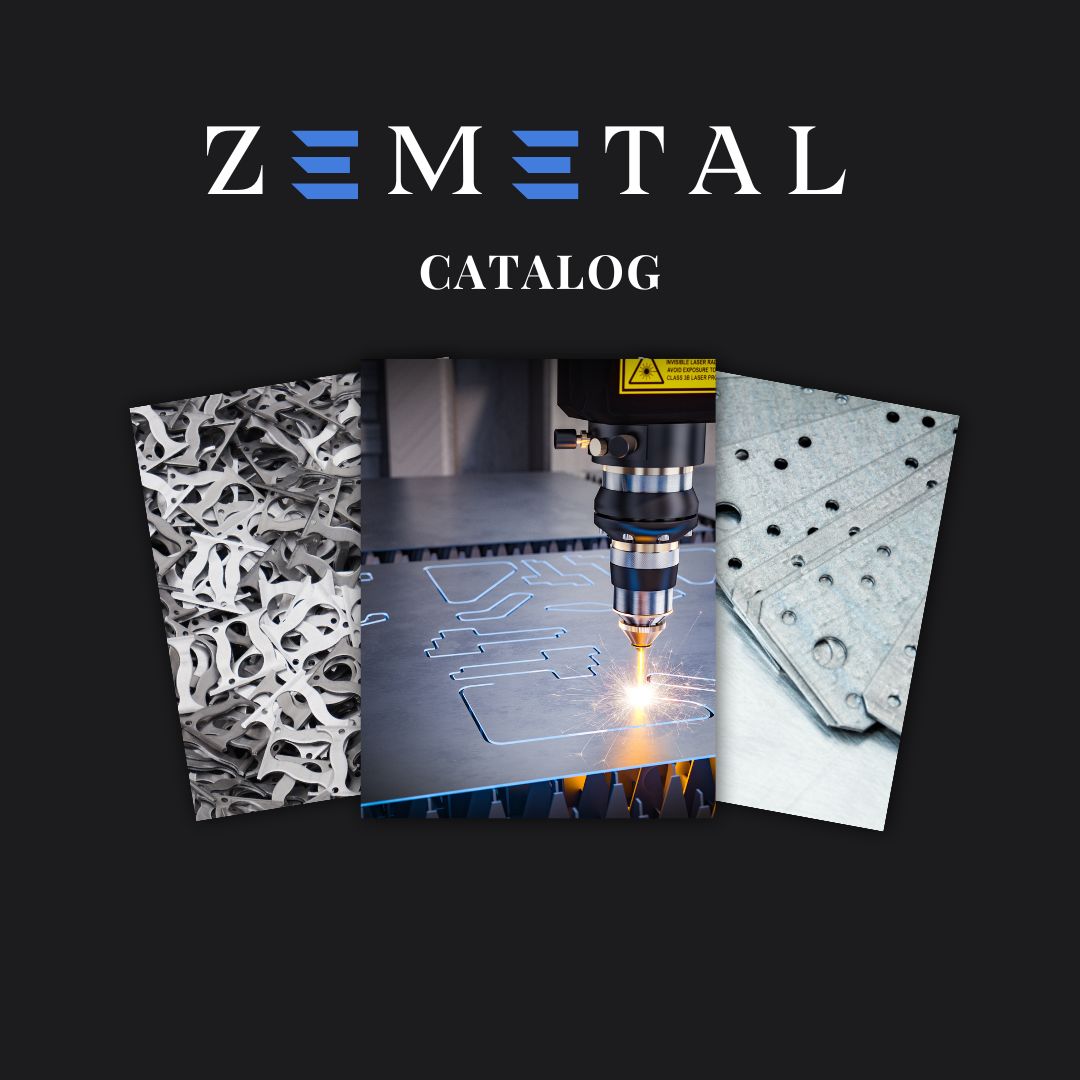Are you constantly searching for ways to outshine competitors and elevate the quality of your products? The secret weapon is providing an extra layer of durability and elegance will set your offerings apart.
As an expert in the field of metal fabrication with years of hands-on experience, my knowledge of industry standards and cutting-edge techniques ensures that the insights provided here are practical and cutting-edge.
Anodising stands out as a superior treatment method for its ability to enhance aesthetic appeal and increase corrosion protection. It’s not just a treatment; it’s an investment in your product’s longevity and quality.
In this guide, we’ll explore its benefits, the process involved, and key considerations to ensure its success. Whether you’re new to the concept or looking to deepen your understanding, this guide aims to equip you with the knowledge to leverage anodising effectively.
Read on to unlock the potential of anodising for your business.
1. The Basic of Anodizing
Anodizing is a sophisticated process that enhances the natural properties of metal, primarily aluminum. It involves an electrochemical procedure where the metal surface is converted into a decorative, durable, corrosion-resistant, anodic oxide finish. This oxide layer acts as a barrier against environmental damage and wear, extending the lifespan and performance of the metal.
At its core, the anodizing process is straightforward. The metal is submerged in an electrolytic solution, where an electrical current is applied, causing the formation of the oxide layer. The thickness and characteristics of this layer can be precisely controlled, allowing customization to meet specific functional and aesthetic needs. This adaptability makes anodizing a preferred choice for a wide range of applications in various industries.
2. Benefits of Anodising
Building on the basics of anodising, it’s clear that this process isn’t just about surface-level enhancements. Here are the core benefits that anodising brings to metal fabrication:
Enhanced Durability and Longevity
Anodising creates a hardened layer that significantly increases resistance to wear and tear. This durable finish ensures that metal components can withstand harsh conditions without deteriorating, making them ideal for high-use environments. Over time, this means less maintenance, fewer replacements, and sustained aesthetic appeal.
Improved Aesthetic Quality
Anodised metals exhibit a sleek, attractive finish that can be customized in a variety of colors and textures. This versatility allows manufacturers to offer products that are not only functional but also visually appealing. For example, anodised aluminum can be found in everything from kitchen appliances to architectural facades, each benefiting from the process’s ability to enhance the metal’s natural sheen.
Increased Corrosion Resistance
The oxide layer formed during anodising acts as a barrier, protecting the metal from oxidation and other corrosive elements. This is particularly beneficial in environments exposed to moisture or chemicals, where untreated metals might degrade quickly. With anodising, the lifespan of metal components is significantly extended, ensuring that they remain robust and functional for longer periods.
3. Types of Anodising
While the benefits of anodising are universally acknowledged in metal fabrication, it’s important to understand that not all anodising is the same. Depending on the desired outcome, there are several types of anodising processes: Here are the following:
Chromic Acid Anodising
Chromic acid anodising, is known for its thin protective layer, usually about 0.5 to 2 microns thick. This method is less commonly used than others but is ideal for parts requiring a minimal dimensional change and those that need to retain high levels of fatigue strength. It’s particularly useful in aerospace applications where precision and strength are paramount.
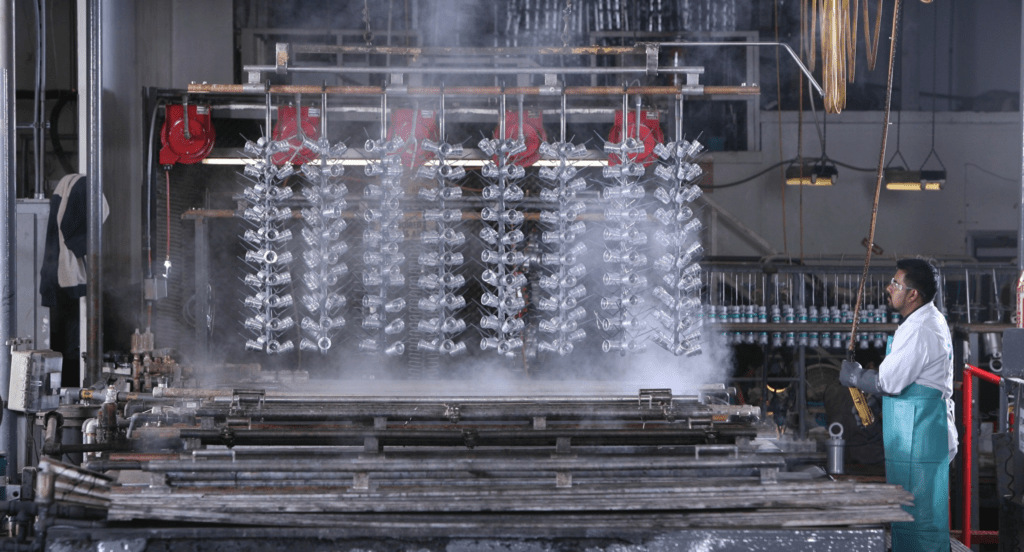
Sulfuric Acid Anodising
Sulfuric acid anodising, is the most widely used method. For instance, its production of a thicker oxide layer ranging from 5 to 25 microns, offering more substantial protection and durability. This type is popular due to its balance between cost-effectiveness and performance, providing an excellent surface for dyeing and coloration, making it a favorite for consumer goods and architectural components.
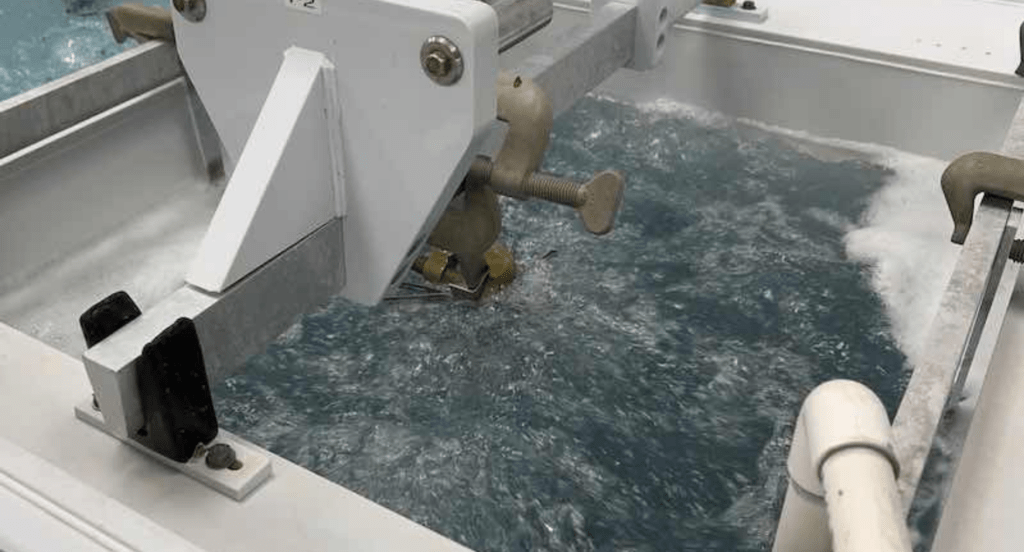
Hardcoat Anodising
Hardcoat anodising, produces the thickest oxide layers, typically between 25 and 150 microns. This method is designed for components that require maximum wear and corrosion resistance. The resulting finish is much harder than the base aluminum, making it ideal for industrial parts and tools that face extreme conditions and heavy use.
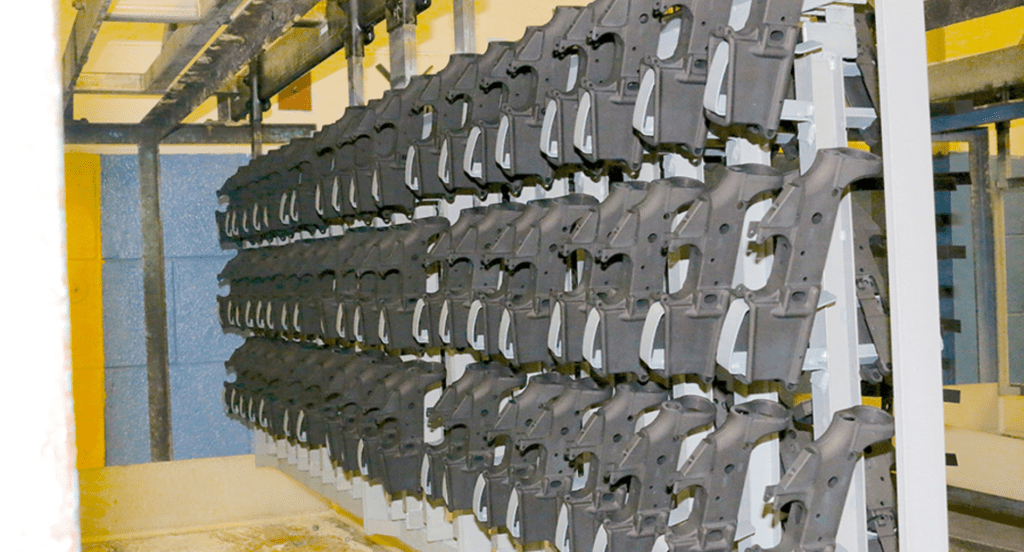
Titanium Anodising
Titanium anodising is used primarily for titanium and its alloys. This process enhances the natural oxide layer of titanium, improving its wear and corrosion resistance. The process also allows for a range of vibrant colors, which is why it’s popular in medical implants, jewelry, and aerospace applications. Zemetal utilizes titanium anodizing to provide durable and aesthetically appealing components for various industries
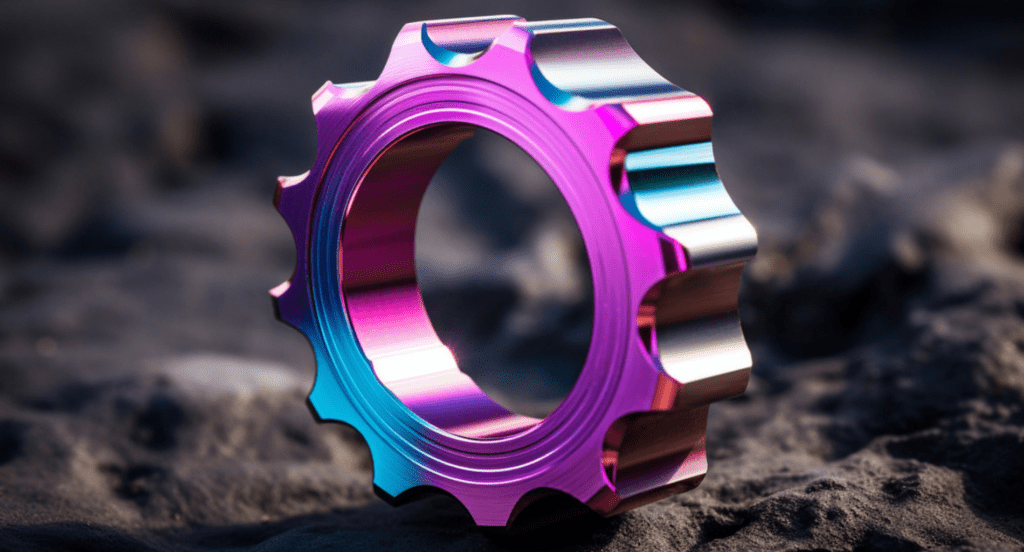
4. Materials Suitable for Anodising
Transitioning from the types of anodising, it’s crucial to consider the materials that are most amenable to this process. Let’s explore these various metals that can undergo anodising:
Aluminum
According to Strait Research, aluminum is projected to readch $255 billion by 2030 as the most common and ideal material for anodising. Its natural affinity for oxide formation results in a robust and attractive finish. Anodised aluminum is used extensively in architectural elements, kitchenware, automotive parts, and electronic devices due to its enhanced durability, corrosion resistance, and aesthetic appeal.
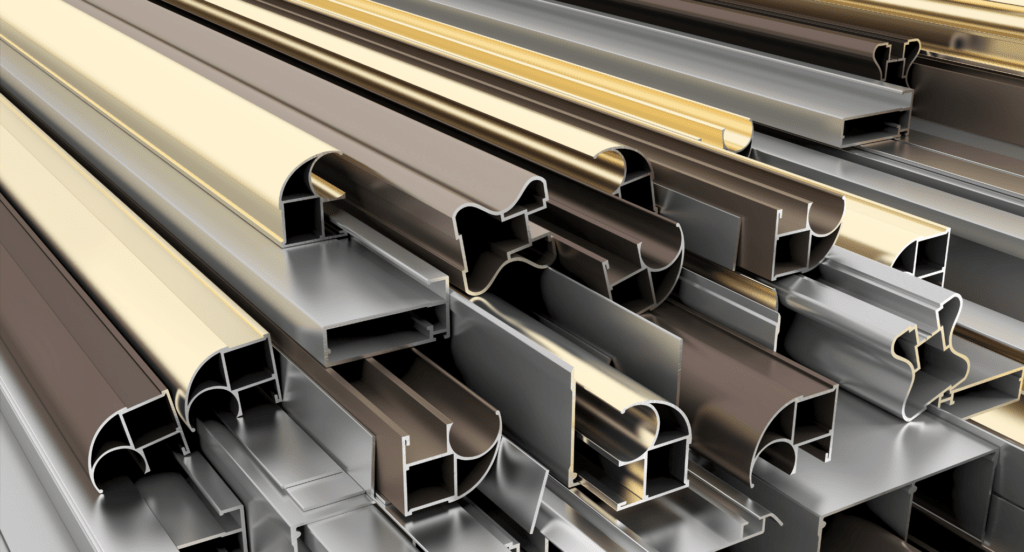
Titanium
Titanium is another popular choice for anodising, especially in industries where strength, lightweight, and biocompatibility are essential. The anodising process for titanium not only increases its resistance to wear and corrosion but also can impart vibrant, iridescent colors without dyes. This makes it a favored material in medical implants, aerospace components, and jewelry.
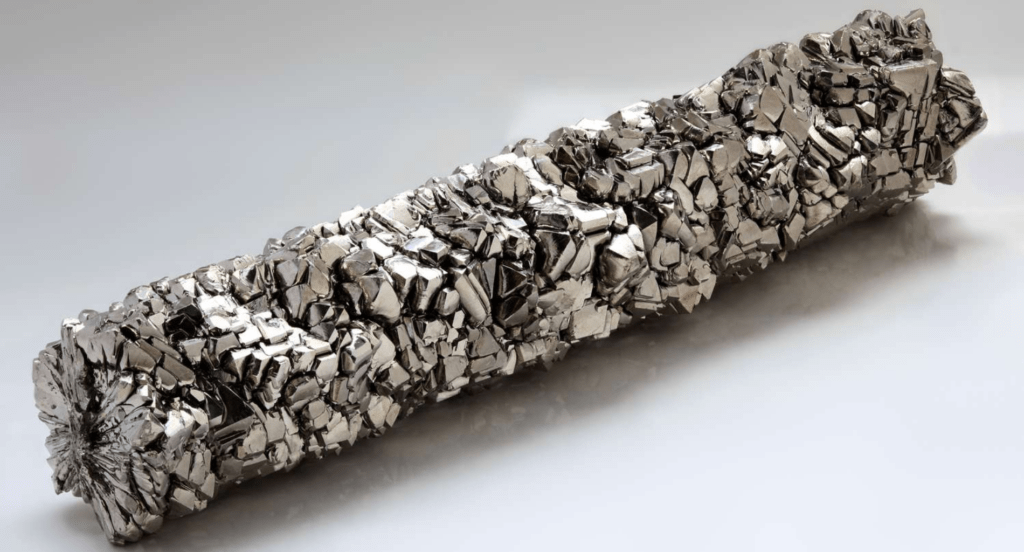
Magnesium
While not as commonly anodised as aluminum or titanium, magnesium can also benefit from this process. Anodising magnesium increases its corrosion resistance and improves its appearance. However, it’s crucial to use specific anodising methods tailored to magnesium’s reactive nature to ensure safety and effectiveness, typically making it more niche in applications like electronics and aerospace industries.
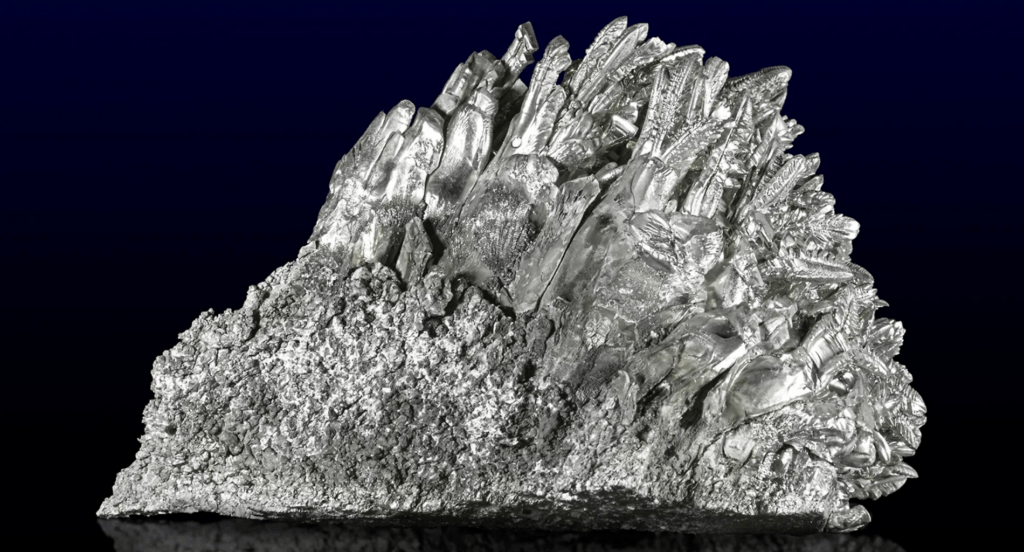
5. The Anodising Process
After identifying the materials suitable for anodising, understanding the step-by-step process is crucial for achieving the desired quality and characteristics. Here’s how the anodising process typically unfolds:
Step#1 Cleaning
The first step is thoroughly cleaning the metal to remove any impurities, oils, and surface debris. This usually involves a series of chemical baths that degrease, desmut, and etch the material. A clean surface is essential for uniform anodising, ensuring the final product is free from defects and inconsistencies. Zemetal meticulously performs this cleaning to ensure a pristine base for their anodizing processes.
Step#2 Pre-Treatment
Pre-treatment involves conditioning the metal surface to achieve the desired texture or finish before anodising. For some applications, this might mean polishing to achieve a glossy appearance, while for others, it could involve etching to create a matte finish. The pre-treatment process sets the foundation for how the final product will look and feel.
Step#3 Anodising
During anodising, the cleaned and pre-treated metal is submerged in an electrolytic solution, and an electrical current is applied. This process causes the metal’s surface to oxidize, forming a protective and decorative anodic oxide layer. The specific conditions, such as the type of electrolyte, temperature, and voltage, are carefully controlled to achieve the desired thickness and characteristics of the oxide layer.
Step#4 Coloring (Optional)
If color is desired, the anodised metal can be dyed before sealing. The absorbent nature of the oxide layer allows it to absorb dyes deeply, creating a vibrant, long-lasting color. This step is particularly popular in consumer goods and architectural applications where aesthetics are a priority.
Step#5 Sealing
The final step is sealing the oxide layer to enhance its corrosion resistance and lock in any added color. Sealing involves hydrating the oxide pores, which expands them to close off the surface. This process ensures the anodised layer is fully protected and maintains its appearance over time, even under harsh conditions.
6. Industrial Applications of Anodizing
The anodising process, with its versatility and durability, plays a pivotal role in numerous industrial applications. Here’s a look at how anodising is applied across different sectors:
Aerospace and Automotive
In the aerospace and automotive industries, anodising is used to enhance the performance and longevity of components. The process provides parts with excellent wear resistance and reduced friction, which are critical in high-stress environments. Additionally, the lightweight nature of anodised aluminum is perfect for applications where reducing weight is essential for fuel efficiency and performance.

Architectural Construction
Anodising is a popular choice in the architectural field due to its ability to provide durable, weather-resistant finishes in a wide range of colors. It’s used on window frames, facades, and other structural elements to protect against corrosion and fading. The process ensures that buildings retain their aesthetic appeal and structural integrity for years, even in challenging environmental conditions.
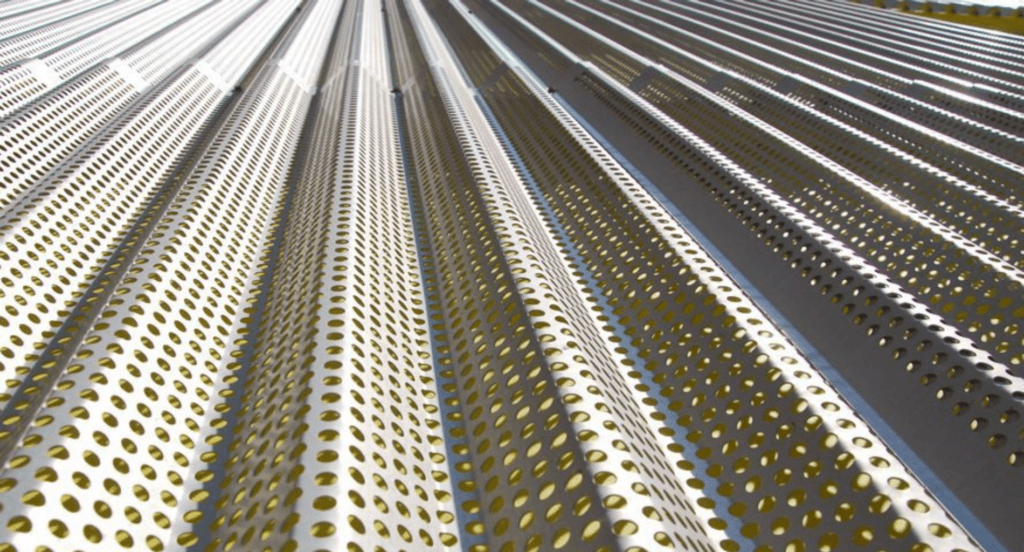
Consumer Electronics
In the world of consumer electronics, anodising is prized for its ability to offer a sleek, attractive finish that is also durable and resistant to corrosion. Manufacturers of items like smartphones, laptops, and cameras utilize anodising to create products that are not only visually appealing but also capable of withstanding the rigors of daily use without showing signs of wear.
7. Anodising vs. Other Metal Treatments
Exploring the industrial applications of anodising highlights its unique benefits, but it’s also crucial to understand how it compares to other metal treatments. Let’s have a fine distinction with these treatments in the table below:
| Metal Treatment | Description | Advantages | Disadvantages |
| Anodising | An electrochemical process that forms a durable, corrosion-resistant oxide layer on the metal surface. | Enhances durability and corrosion resistance; offers a range of aesthetic finishes; suitable for coloring. | Primarily suitable for aluminum and titanium; can be costlier for high thickness requirements. |
| Powder Coating | A dry finishing process where a powder is applied electrostatically and then cured under heat. | Provides a thick, uniform coating; available in a wide range of colors and textures; good durability. | Can chip or crack; less wear resistance compared to hardcoat anodising. |
| Galvanizing | A process of applying a protective zinc coating to steel or iron to prevent rusting. | Excellent protection against rust; relatively low-cost; long-lasting in non-abrasive environments. | Not suitable for high-temperature applications; the coating can become brittle over time. |
| Electroplating | A process that uses electric current to reduce dissolved metal cations to form a coherent metal coating. | Can improve aesthetic appeal; provides a degree of corrosion resistance; can increase surface hardness. | Uneven coating can occur; not as durable as anodising or galvanizing. |
This table shows the superior offrering of anodising in terms of durability and aesthetic options, especially for aluminum and titanium. Other treatments like powder coating, galvanizing, and electroplating provide their own sets of benefits and limitations. The choice between anodising and other methods will depend on the specific requirements of your project.
8. 3 Tips for Maintaining Anodized Surfaces
Now that we have properly differentiated anodising vs other metal treatments, proper maintenance is key to ensuring they retain their appearance and protective qualities in anodising. Here are some tips you should keep:
#1 Regular Cleaning
- Routine Maintenance: Regular cleaning is essential to maintain the aesthetic and protective properties of anodised surfaces. Dirt, dust, and pollutants can accumulate over time, potentially damaging the finish.
- How to Clean: Use mild detergent and water to gently clean anodised surfaces. Abrasive cleaners or harsh chemicals should be avoided as they can damage the anodic layer. A soft cloth or sponge is ideal for wiping down the surface without scratching.
#2 Avoiding Abrasion
- Preventing Wear: While anodised surfaces are tough, they can still be susceptible to scratches and abrasions if not treated properly.
- Protective Measures: Avoid using abrasive tools or scrubbers on anodised surfaces. If you need to remove stubborn grime, opt for non-abrasive products specifically designed for anodised metals. Placing protective pads under objects that might scrape the surface can also help prevent damage.
#3 Regular Inspections
- Spotting Issues Early: Regular inspections can help identify potential problems before they escalate, ensuring the anodised surface remains in top condition.
- What to Look For: Check for signs of wear, corrosion, or damage. Pay particular attention to areas exposed to harsh conditions or heavy use. If you notice any irregularities, address them promptly to prevent further deterioration. Regular check-ups will prolong the life and appearance of your anodised products.
Conclusion
As we wrap up this comprehensive guide to anodizing, it’s clear that understanding this process is key to enhancing the durability, appearance, and longevity of metal products. Armed with this knowledge, you’re better equipped to make informed decisions for your metal fabrication needs.
If you’re looking to harness the full potential of anodizing for your business, Zemetal is here to assist with expert services tailored to your requirements. Contact us today to explore how we can elevate your projects.
Dive Deeper Into Our Resources
Looking for more diverse service options? Browse through our handpicked selections:
For some insightful reads, we’ve curated a list of recommended articles just for you:
Anodizing Techniques and Types
- 5 Steps to Successful Anodizing Process: A Complete Guide
- Unlocking the Potential of Custom Anodizing: A Complete Guide
- Unlocking the Potential of Chromic Acid Anodizing: An In-Depth Guide
- Sulphuric Acid Anodizing: A Comprehensive Overview
- Unlocking the Secrets of Hard Anodizing: A Comprehensive Guide
Anodizing Characteristics and Comparisons
- Unveiling the Secrets of Anodizing Colors
- The Complete Guide to Clear Anodized Finishes
- A Closer Look at Natural Anodised Metal Treatments
- Anodizing vs. Hard Anodizing: Unveiling the Differences
- Exploring the World of PTFE Impregnated Anodize
Sheet Metal Fabrication
- Sheet Metal Prototype: An Industry Guide
- Blanking Process in Sheet Metal: 6 Key Steps to Precision
- A Guide to the Top 7 Sheet Metal Forming Manufacturers
Still haven’t found what you’re looking for? Don’t hesitate to contact us. We’re available around the clock to assist you.


